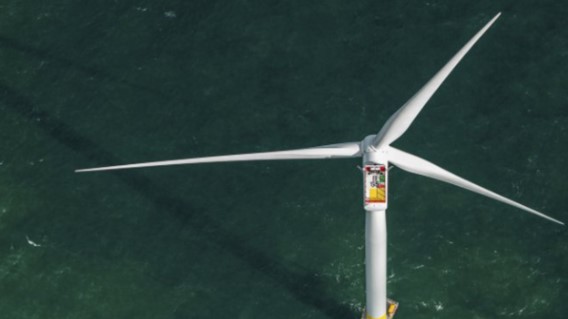
Siemens Gamesa and Siemens Energy have announced a major investment in R&D on an offshore wind-powered green hydrogen production system. The two companies will be spending about $150 million to develop the project, making it one of the largest private investments to date in this niche.
“I don’t know any other company that combines wind energy, electrolysis and offshore high voltage technology all in one enterprise,” said Christian Bruch, chief executive of Siemens Energy, speaking to Reuters.
The project involves reworking the 14 megawatt Siemens Gamesa turbine in order to integrate it with the requirements of running electrolyzers. The design will use an electrolyzer array installed at the base of the offshore wind turbine tower.
♻️ A new era of #GreenHydrogen production begins: With @SiemensGamesa we are developing an innovative solution that will fully integrate our new electrolyzer into their offshore #wind turbine to produce green hydrogen directly!
Read more ▶️ https://t.co/9pptVZeQom@BMBF_Bund pic.twitter.com/xlW19X0iQL— Siemens Energy (@Siemens_Energy) January 13, 2021
The target market is the European chemical and steelmaking sectors, which can use green hydrogen to decarbonize their operations. The pilot project farm will be located in German waters and will be built out at the 100-200 megawatt scale (small for a commercial installation).
Siemens is also a partner in the AquaVentus consortium, a joint partnership with Vattenfall, Vestas, Shell and RWE for the production of green hydrogen from wind off Heligoland, Germany. The AquaVentus venture has a target size of 10 gigawatts of capacity. As with Siemens’ newly announced venture, AquaVentus is targeted at supplying industrial consumers of hydrogen, primarily chemical manufacturers.
This so-called “islanded” hydrogen production arrangement – with offshore wind powering H2 electrolysis directly – has advantages for developing renewable energy in Europe, where the power grid is already facing capacity issues. By decoupling the wind farm from the electrical grid, more power capacity can be added without the (very high) additional expense of more transmission capacity. Siemens says that it will lower the cost of hydrogen by being able to run off grid, amd will open up possibilities for more and better wind sites.



